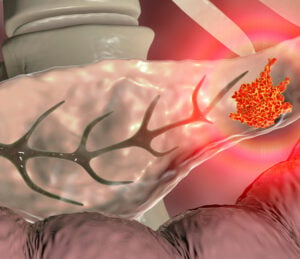Stay up-to-date with the latest news related to microbiome research. Subscribe to our newsletter.
Looking to expand your partner network with the latest in the field of microbiome? Build relationships with academic teams and biotechs.
What is the microbiome?
The microbiome refers to the community of microorganisms that inhabit a particular environment, such as the human body. In the case of the human microbiome, it refers to the collective genetic material of the microorganisms that live on and inside the human body, including bacteria, viruses, fungi, and other microbes. The microbiome plays a critical role in various bodily functions, such as digestion, metabolism, immune system function, and even mental health.
Why is microbiome research important?
By studying the microorganisms inside and on our bodies, we can uncover ways they impact our well-being and develop new therapies for various conditions, from infections to cancer. With further research, we may discover more about the microbiome’s influence and how to harness it for better health outcomes.
Got a news story for us related to microbiome? Send it to us here.



















